
The Diocese of Nola is a Latin diocese of the Catholic Church in Italy, suffragan of the Archdiocese of Naples. Its seat is the Campanian city of Nola, now a suburb of Naples. Its cathedral is dedicated to the Assumption. The dedication was originally to S. Stephen, the Protomartyr, but after the second reconstruction the dedication was changed to the Assumption. It is traditionally credited with the introduction of the use of bells into Christian worship.

The Archdiocese of Capua is a Latin diocese of the Catholic Church in Capua, in Campania, Italy, but its archbishop no longer holds metropolitan rank and has no ecclesiastical province. Since 1979, it is a suffragan of the Archdiocese of Napoli, i.e. no longer has its own ecclesiastical province nor metropolitan status.

The Archdiocese of Taranto is a Latin archdiocese of the Catholic Church in southern Italy, on a bay in the Gulf of Taranto.

The Archdiocese of Otranto is a Latin archdiocese of the Catholic Church in Italy. The seat of the diocese is at Otranto Cathedral in the city of Otranto, Apulia. It is a suffragan of the archdiocese of Lecce.
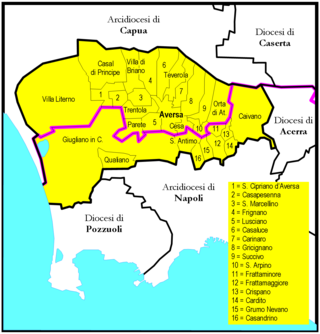
The Diocese of Aversa is a Latin diocese of the Catholic Church in Campania, southern Italy, created in 1053. It is situated in the Terra di Lavoro (Liburia), seven miles north of Naples, and eight miles south of Capua. It is suffragan of the Archdiocese of Naples.
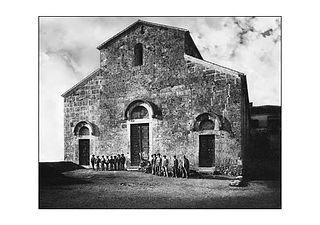
The Roman Catholic Diocese of Ferentino existed until 1986, when it was united into the new diocese of Frosinone-Veroli-Ferentino.
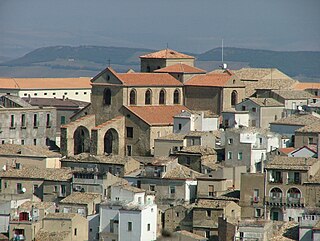
The Diocese of Tricarico is a Latin diocese of the Catholic Church in Basilicata. It is a suffragan of the Archdiocese of Potenza-Muro Lucano-Marsico Nuovo.
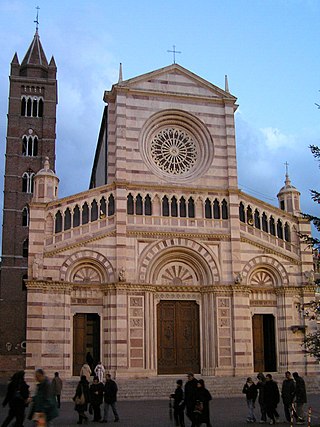
The Diocese of Grosseto is a Latin Church diocese of the Catholic Church in Italy, a suffragan of the archdiocese of Siena-Colle di Val d'Elsa-Montalcino, in Tuscany. Its current bishop is Giovanni Roncari, OFMCap.

The Italian Catholic diocese of Todi existed until 1986, when it was united into the diocese of Orvieto-Todi. Up until that point, the diocese had always been directly dependent on the Holy See.

The Diocese of Alife-Caiazzo is a Latin diocese of the Catholic Church in Campania, southern Italy, created in 1986. In that year the historic Diocese of Alife was united with the Diocese of Caiazzo. The diocese is a suffragan of the Archdiocese of Naples.

The diocese of Teano-Calvi is a Latin diocese of the Catholic Church in Campania, southern Italy, created in 1986. It is a suffragan of the Archdiocese of Naples. The historic Diocese of Teano and diocese of Calvi Risorta were united in 1818, forming the diocese of Calvi e Teano.

The Diocese of San Severo is a Latin diocese of the Catholic Church in Apulia. It is a suffragan of the Archdiocese of Foggia-Bovino.

The Diocese of Pozzuoli is a Latin diocese of the Catholic Church in Campania, southern Italy. It is a suffragan of the Metropolitan Roman Catholic Archdiocese of Naples, like its other neighboring dioceses, Aversa and Ischia.

The Diocese of Caserta is a Latin diocese of the Catholic Church in Campania, southern Italy. It is a suffragan of the Archdiocese of Naples. In 1818 Pope Pius VII united this see with the diocese of Caiazzo, but Pope Pius IX made them separate sees. In 2013 in the diocese of Caserta there was one priest for every 1,703 Catholics; in 2016, there was one priest for every 2,008 Catholics. The diocesan Major Seminary currently (2019) has four seminarians.

The Diocese of Sessa Aurunca is a Latin diocese of the Catholic Church in southern Italy. Since 1979 it has been a suffragan of the Archdiocese of Naples.
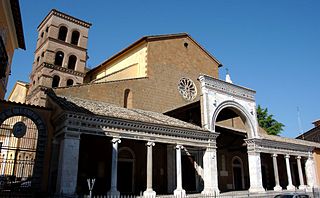
The Diocese of Civita Castellana is a Latin Church ecclesiastical territory or diocese of the Catholic Church in Latium, central Italy. It has existed in the current form since 1986, when the Diocese of Nepi e Sutri was united into the Diocese of Civita Castellana, Orte e Gallese. The Diocese of Gallese had been added to the Dioceses of Civita Castellana and Orte in 1805. The name of the diocese was shortened in 1991, in accordance with Vatican policies. The diocese of Civita Castellana is immediately exempt to the Holy See.
The Italian Catholic diocese of Lacedonia, a suffragan of the archdiocese of Benevento in Campania, existed until 1986 when incorporated into the reorganized Roman Catholic Diocese of Ariano Irpino-Lacedonia.

The former Italian Catholic Diocese of Chiusi-Pienza, in Tuscany, existed until 1986. In that year it was united into the Diocese of Montepulciano-Chiusi-Pienza. The Diocese of Chiusi (Clusinus) was at first immediately subject to the Holy See, but was made a suffragan of archdiocese of Siena by Pope Pius II. From 1459 to 1986, it was a suffragan of the archdiocese of Siena.

The Diocese of Bisceglie was a Roman Catholic diocese located in the town of Bisceglie on the Adriatic Sea in the province of Barletta-Andria-Trani, Apulia in southern Italy. It is five miles south of Trani.

The Diocese of Tropea was a Latin Church ecclesiastical territory or diocese located in the city of Tropea in the province of Vibo Valentia, in Calabria, Italy. On 30 September 1986, the diocese was suppressed, and its territory incorporated into the Diocese of Mileto–Nicotera–Tropea).



















